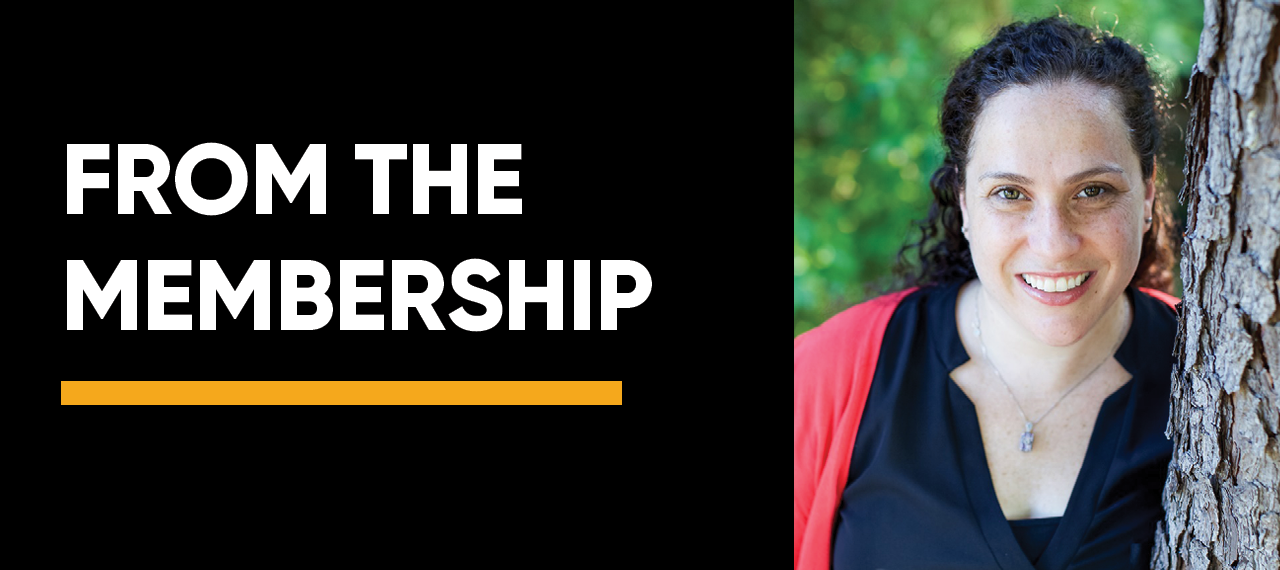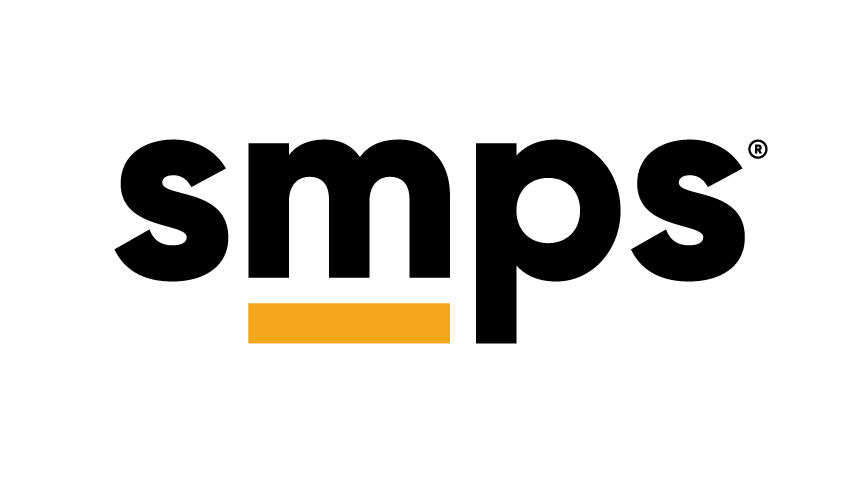
In January 2021, I embarked on one of the hardest challenges I’ve experienced as a parent to date: explaining to my Jewish daughter what the Holocaust is and how it affected my family. Suddenly, the thing that she is most proud of —being Jewish—could be seen as something to hide, or not share. It was my goal to make sure she didn’t feel that she had to hide what made her different and instead share it with the world.
I am a Jewish American, the daughter of Soviet immigrants who came to the United States 41 years ago. I was born three years after they arrived, meaning I became a citizen two years before they were even eligible, the first American in my family.
My parents fled the Soviet Union because of religious persecution. My parents were treated as second-class citizens, not allowed to go to the college of their choice and otherwise discriminated against. They knew that being Jewish was important and that being Jewish in the Soviet Union was impossible. So they left at the age of 23, with my older sister, both sets of parents, and my uncle, and moved across the world.
When my older sister turned nine, my grandmother shocked our family by revealing what happened to her shortly after her own ninth birthday. On July 19, 1941, the Nazi army arrived in her town of Mogilev-Padolskiy, on the border of Moldova and Ukraine, and rounded up all 8,000 Jews who lived there into a ghetto, closed in with a fence and barbed wire. She and her family, 11 people in total, lived in a one-room, mud-floored shack for the next four years while her father fought in the Soviet army against the Nazis. My grandmother spent those four years sneaking out of the ghetto to find food for her family, risking death at every turn, so that her family wouldn’t starve.
Until the moment my grandmother shared this information in 1986—40 years after the war ended—my mother had not known of her mother’s experiences during World War II. My grandmother and her family outlived the ghetto and the war, and she went on to earn a degree in civil engineering, working in the Soviet Union and the United States until the age of 70 as a construction manager and scheduler for civil engineering and construction firms.
Growing up Jewish in the Atlanta suburbs meant I was often the only Jewish person in my classes, if not the school. Hanukkah would roll around and people would ask me about the holiday, and occasionally about being Jewish, but that was it. I always knew that being Jewish made me a minority in my community, but I didn’t really get it until just before my Bat Mitzvah in eighth grade, when my school went to DC, for a field trip. One stop was the United States Holocaust Memorial Museum.
That visit forever changed my view of what it meant to be Jewish. I remember walking out of the museum with my one Jewish friend, both of us breaking down outside on the street with the realization of what we’d seen. Suddenly, being Jewish was real. It wasn’t just my religion—it was who I was. A few weeks later, I stood on the bimah (podium) of my synagogue to become a Bat Mitzvah. Since then, I’ve taken a more active role in being Jewish, talking about my faith to my friends and proudly wearing my Star of David necklace. Everyone who meets me knows that I’m Jewish fairly quickly, and I proudly share my family’s Holocaust history and immigration story.
In 2013, I switched jobs and joined a mid-sized engineering firm run by a very devout Christian. I was the only Jewish person who worked there and had ever worked there as far as I know. That year, at Christmas, the entire office was decked out in Christmas stuff—several trees, poinsettias, etc., and there was a huge Christmas party.
I love Christmas time, so it didn’t bother me, but I did openly share that I was Jewish and didn’t celebrate Christmas. The next year, just before Thanksgiving, the firm’s owner came to me and asked if I would be willing to find and purchase a Hanukkah menorah to place beside the Christmas tree, which I did. It was a small gesture but one that showed his empathy and inclusion at the heart of who he was as a leader.
When people ask me about Judaism, I love sharing my religion, but I also love listening to stories from other people who are a minority culture in our country. Being a minority means that I understand how uplifting it is to share my family’s story with the world, how it creates openness and gives my kids something to be proud of. Diversity and inclusion isn’t just about understanding each other; it’s about appreciating those differences to make us stronger, together. Like my former employer, we can extend an olive branch by acknowledging differences and creating an opportunity for people to learn.
These days in north metro Atlanta, there are a lot more Jews. My kids each have several Jewish friends in their secular public schools. As hard as it was to share the Holocaust story with my daughter, and to hold her while she cried, it was important to share what happens when differences create division.
My hope is that she stays a proud Jewish American, like her mom, and uses the lessons we’ve learned about what it means to be the target of hate—and the need to spread love and foster inclusion, rather than division. Together, with our differences, we make the world a stronger place. We make the communities we serve better. And we make our businesses more impactful.
Article written by Michelle Erste, CPSM, marketing director for iParametrics. Michelle is also the recipient of the 2020 SMPS Chapter President of the Year award. She can be reached at Michelle.Erste@iparametrics.com. If you’d like to hear her grandmother’s full story, a recording can be found on YouTube.







